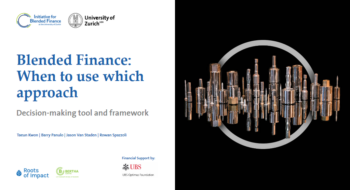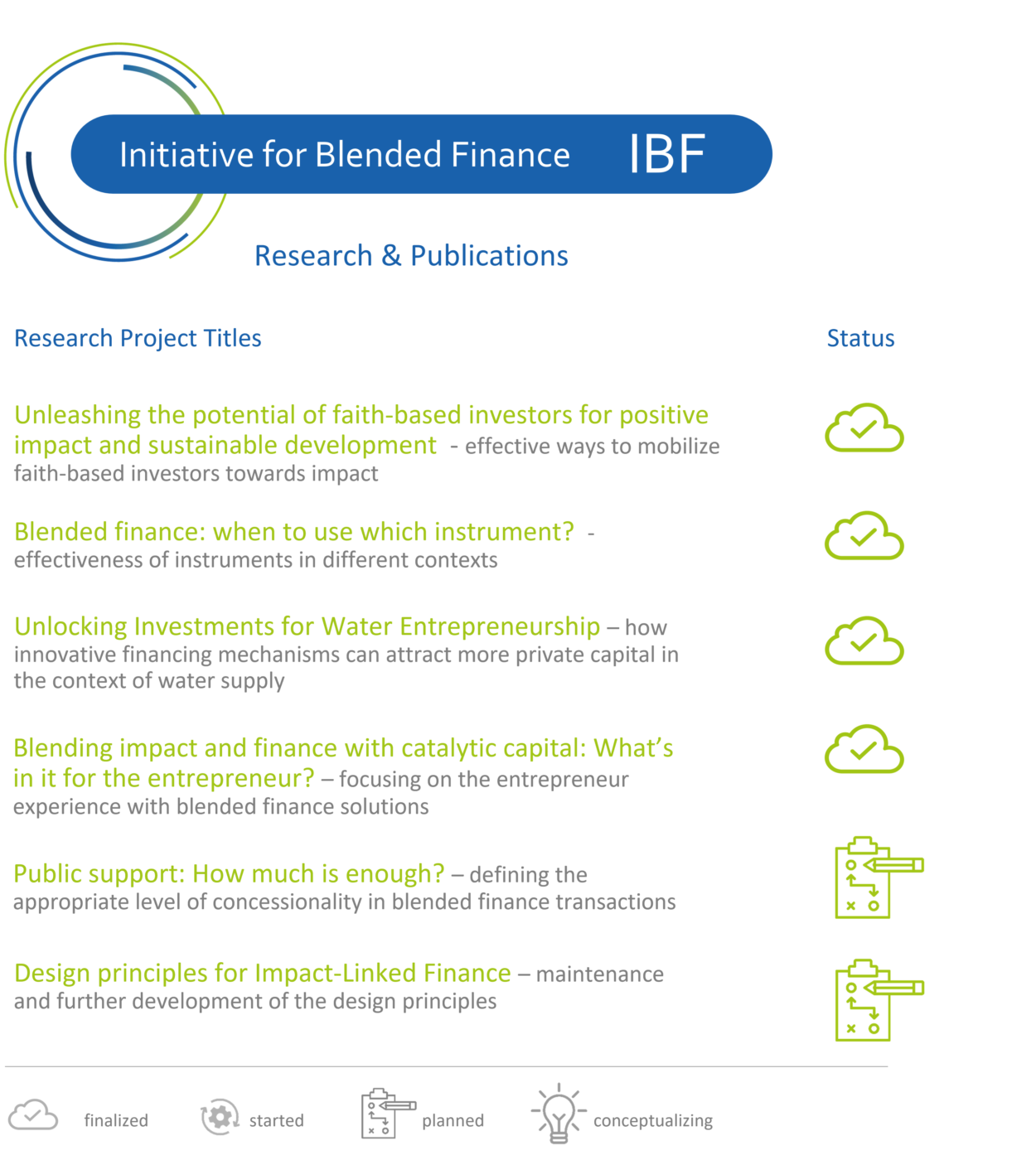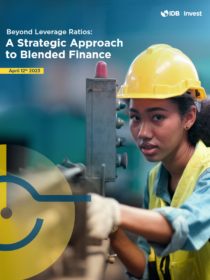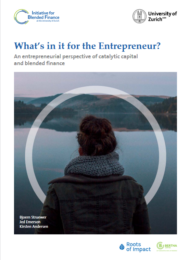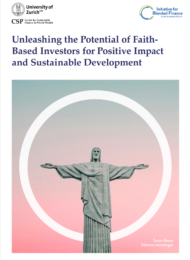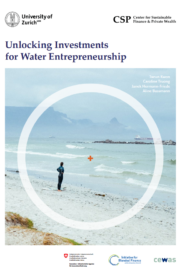Project snapshot 1
«Blended Finance: When to use which instrument»
This research project addresses one major question: How to select – or create – an appropriate and effective blended finance instrument to address a given problem. There are numerous factors to be considered when deciding on the best approach. An intimate and granular understanding of both, the contextual factors which play a role and the mechanics of varying blended finance instruments, will be vital to come to the right decision.
So far, the majority of research conducted on blended finance has focused on the effectiveness of instruments with respect to mobilizing private investment in a broadly defined development context. What is new, however, is to thoroughly investigate how specific instruments contribute to solving a concrete problem or achieving specific outcomes. Therefore, this research project will perform a bottom up assessment of how to effectively address a predefined problem with appropriate financial structures.
Project team:



